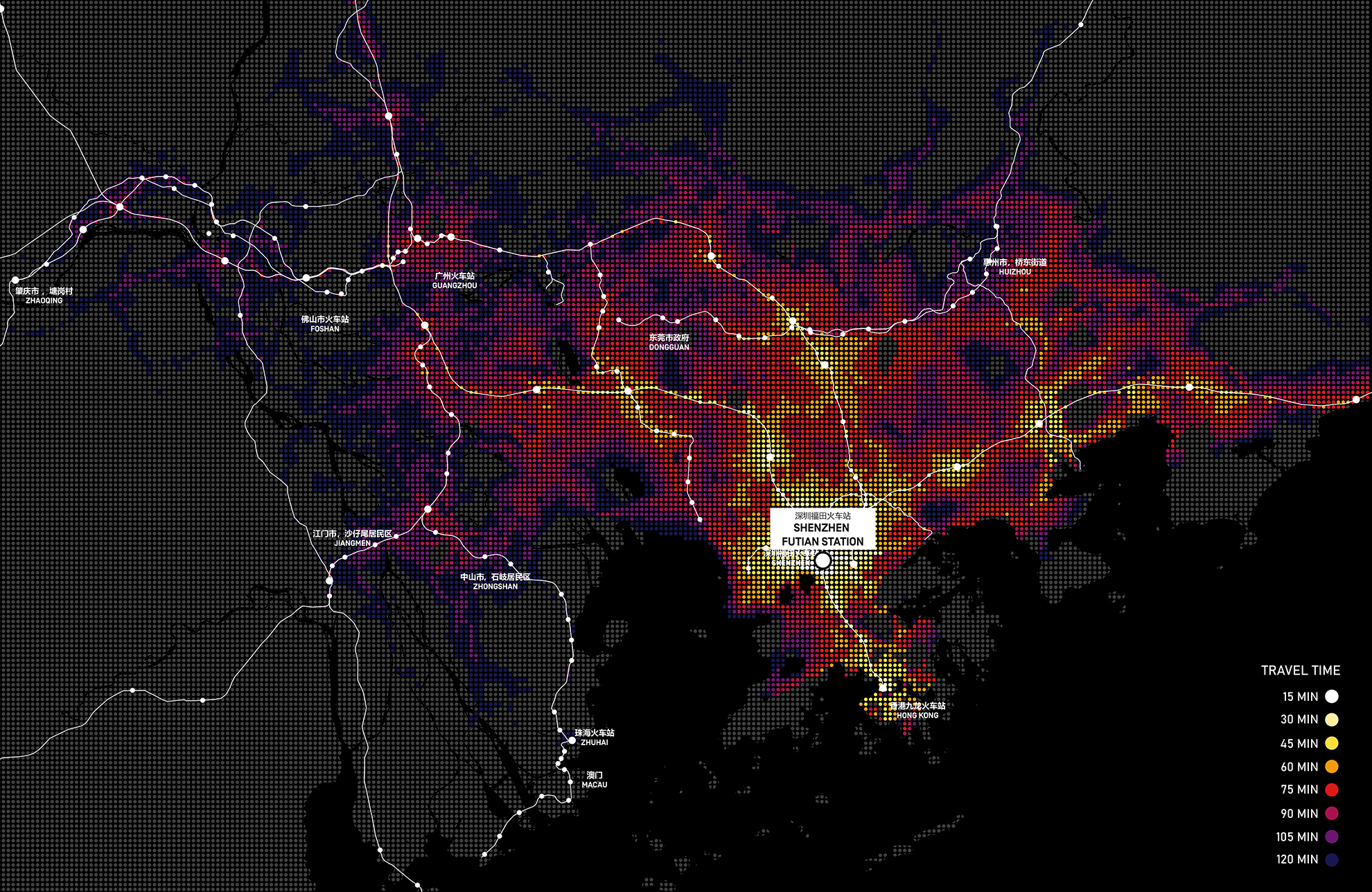



Publications
︎︎︎ Carmelo Ignaccolo, Tiziano Cattaneo and MIC. "The (E)motional Landscapes of the Extra-urban: How Does the Perception of Surroundings Evolve Through Mobility Innovation?" 14 Jun 2020. ArchDaily. ISSN 0719-8884
︎︎︎ Carmelo Ignaccolo, Tiziano Cattaneo and MIC. "¿Cómo evoluciona la percepción del entorno a través de la innovación en movilidad?". ArchDaily Perú. (Trad. Caballero, Pilar) ISSN 0719-8914
︎︎︎ "Transforming the Landscape of Mobility” in“Urban Interactions’ edited by Shenzhen Biennale of UrbanismArchitecture Organizing Committee (pages 102-203)
︎︎︎ Carmelo Ignaccolo, Tiziano Cattaneo and MIC. "The (E)motional Landscapes of the Extra-urban: How Does the Perception of Surroundings Evolve Through Mobility Innovation?" 14 Jun 2020. ArchDaily. ISSN 0719-8884
︎︎︎ Carmelo Ignaccolo, Tiziano Cattaneo and MIC. "¿Cómo evoluciona la percepción del entorno a través de la innovación en movilidad?". ArchDaily Perú. (Trad. Caballero, Pilar) ISSN 0719-8914
︎︎︎ "Transforming the Landscape of Mobility” in“Urban Interactions’ edited by Shenzhen Biennale of UrbanismArchitecture Organizing Committee (pages 102-203)
Transforming the Landscape of Mobility
Over the past few decades, the global population has witnessed an unprecedented surge, and this rapid growth has been paralleled by a staggering increase in motorized vehicles. According to the 2018 World Bank report, the number of vehicles on our roads is set to double in the next 30 years, reaching a staggering 2 billion units by 2050.
In response to this pressing challenge of the future of mobility, the design exhibition "Transforming the Landscape of Mobility” focuses on the global rise of motorization, with a keen emphasis on the situation in China and its low-density peri-urban areas. By harnessing the potential of cutting-edge technology and taking into account socio-economic factors, the exhibition aimed to envision a systemic change that would steer away from the current mobility model and proactively mitigate the already problematic traffic conditions.
The show was exhibited in Shenzhen during the 2019 Bi-City Biennale of Urbanism/Architecture of Shenzhen and Hong Kong, planned under the theme of “The Eye of the City.” The “Eyes of the City" section features MIT professor and architect Carlo Ratti as Chief Curator and Politecnico di Torino-South China University of Technology as Academic Curator. The exhibition was set up at the Futian Station.
The exhibition proposes a two-fold approach to tackle these mobility challenges. Firstly, it explores the potential of driverless technologies supported by AI systems, envisioning a new generation of electric vehicles that utilize the existing road network as a flexible backbone for a transformative mobility system (video). This departure from traditional fixed-guided infrastructures seeks to overcome the limitations of traditional public transport in low-density developments, where the demand cannot sustain frequent and economically viable services. By dynamically adapting to user demand, this new transport system aspires to offer the convenience and coverage of private vehicles while operating within a collective and shared framework. Leveraging the power of artificial intelligence, mobility-as-a-service would optimize and tailor transportation services to individual needs while simultaneously enabling service optimization and the anticipation of user requirements in diverse contexts.
Secondly, the exhibition explores a new generation of vehicles that reestablishes the connection between passengers and the external environment, departing from the isolating nature of conventional cars. Through advanced sensing technologies that detect both users and the surrounding environment, these vehicles aim to foster interactions, enabling passengers to reconnect with other road users and the surrounding landscape.
In summary, "Transforming the Landscape of Mobility” seeks to address the mounting challenges posed by the exponential growth of motorized vehicles. By integrating technological advancements and considering socio-economic factors, it endeavors to reshape the current mobility model and alleviate traffic congestion, particularly in regions like Shenzhen.
Exhibition Team
Curators: Mobility in Chain (MIC) with Tiziano Cattaneo and Carmelo Ignaccolo.
MIC team: Mirko Franzoi, Francesca Arcuri, Loris Sciacchitano, Gloriana Barboza, and Jing Lu Data Visualization: Shuman Wu and Huai Kuan Chung.
MIC team: Mirko Franzoi, Francesca Arcuri, Loris Sciacchitano, Gloriana Barboza, and Jing Lu Data Visualization: Shuman Wu and Huai Kuan Chung.
Role
Co-Curation of the Show
Data Visualization
Data Visualization